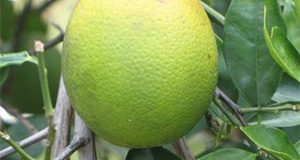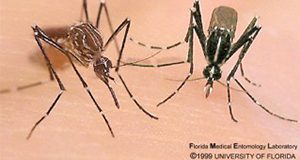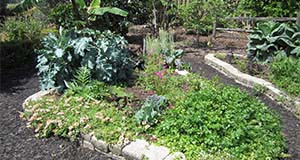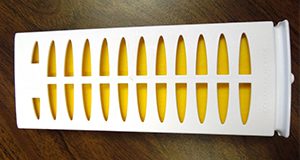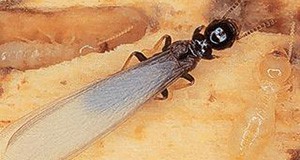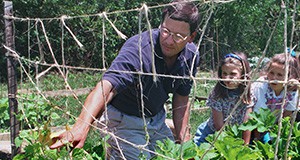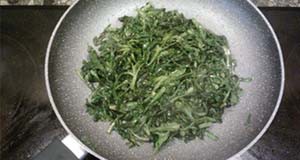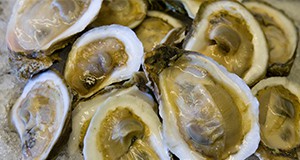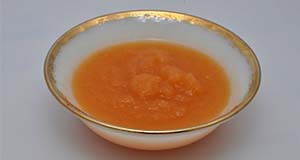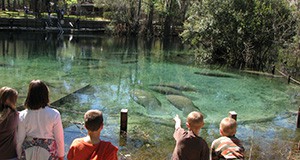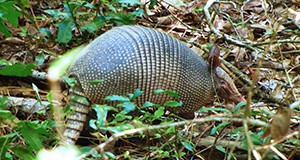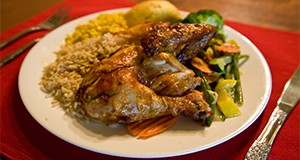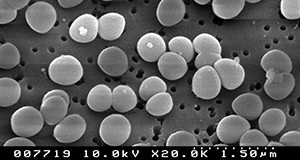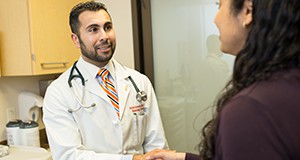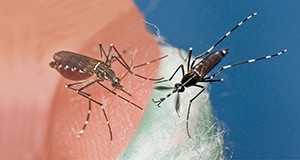La diabetes es una enfermedad que afecta a más de 29 millones de estadounidenses. Aunque no existe cura para tipo 1 o tipo 2 diabetes, con los cuidados necesarios se puede controlar la enfermedad.
This 5-page fact sheet is the Spanish version of Living with Diabetes. This major revision provides an overview of diabetes, a list of people at high risk of developing the disease, and a description of each type of diabetes. It also discusses tests, possible health problems, control of blood glucose, and diabetes management. Written by Nancy J. Gal and Linda B. Bobroff, and published by the UF Department of Family, Youth and Community Sciences, revised May 2016.
http://edis.ifas.ufl.edu/fy924

